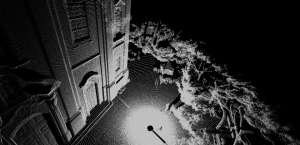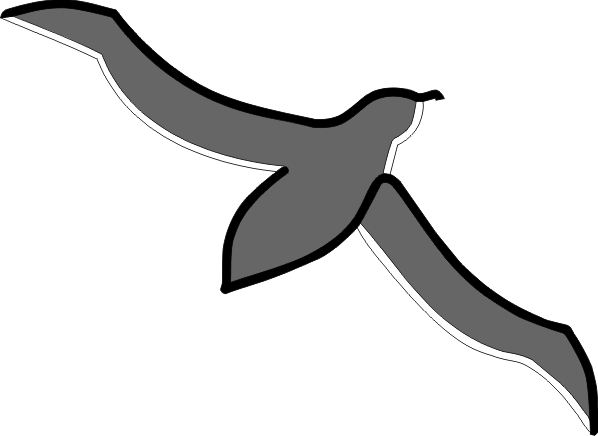


One of the most interesting applications of 3D reconstruction is to obtain virtual models of heritage sites. These solutions are collectively presented under the Geometry In Motion name as the system generates 3D models from movement.
The system performs better at very low speed from a motorised platform on a rail, or on a rotating table but can also be used on ground vehicles to truly generate Geometry in Motion.
With Albatroz Engineering solutions it is possible to obtain low cost and relatively detailed models in a short period of time.
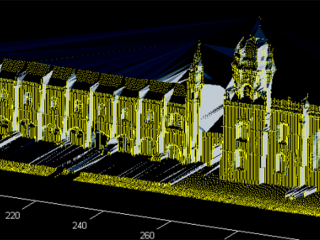
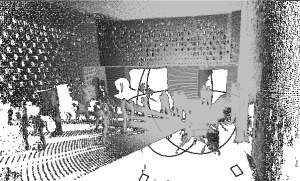
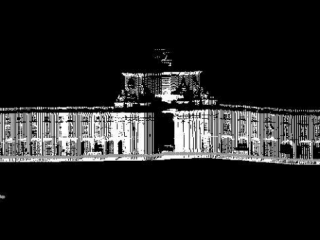
In September 2007, Albatroz Engenharia has obtained the virtual model of the Roman Galleries, located in Lisbon downtown.
The main challenge was to model a site that is permanently flooded and from which only a 19th century map was available. Fire brigades drain the water once a year to allow visitors to come in and Albatroz Engenharia team had only eight hours to install the setup and model the whole set of underground galleries and niches.
There is a page dedicated to the Roman Galleries of Lisbon featuring images, movies and 3D models.

In January 2008, Albatroz Engenharia obtained the virtual model of the St. Domingo’s church in Lisbon downtown in less than two hours of field work.
Here the reconstruction of the 3D shape was easier due to the almost convex nature of the nave and transept in the church. However, the large dimensions of the nave, and the fact that it was unsuitable to use the center corridor, required more complex registration of the multiple 3D segments.

Albatroz Engenharia was invited in May 2008 to the basement of Museu Nacional Machado de Castro in Coimbra to perform the modeling of the criptoporticum, a structure similar to the roman galleries in Lisbon.
At the time, the Museum was undergoing a full renovation program with large scaffoldings and significant operation constraints. Nevertheless, some interesting models were produced in a couple of hours.
It was also the first model where texturing from video was applied automatically to the 3D cloud from LiDAR, based on multi-sensor registration.

In November, 2011, Albatroz Engenharia used a new automatic registration software to produce a multi-view model from spherical models built from rotating LiDAR mounted on a fixed tripod.
